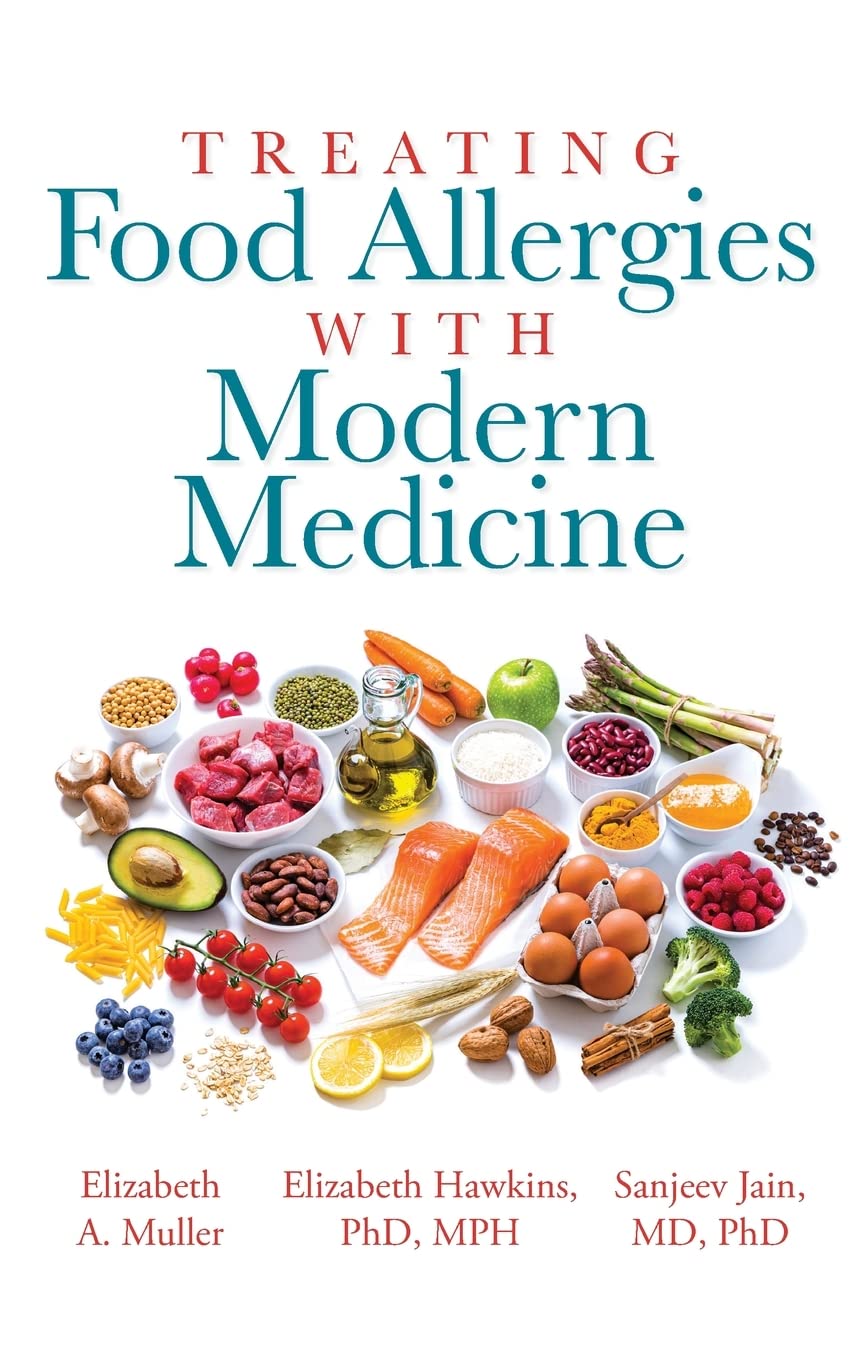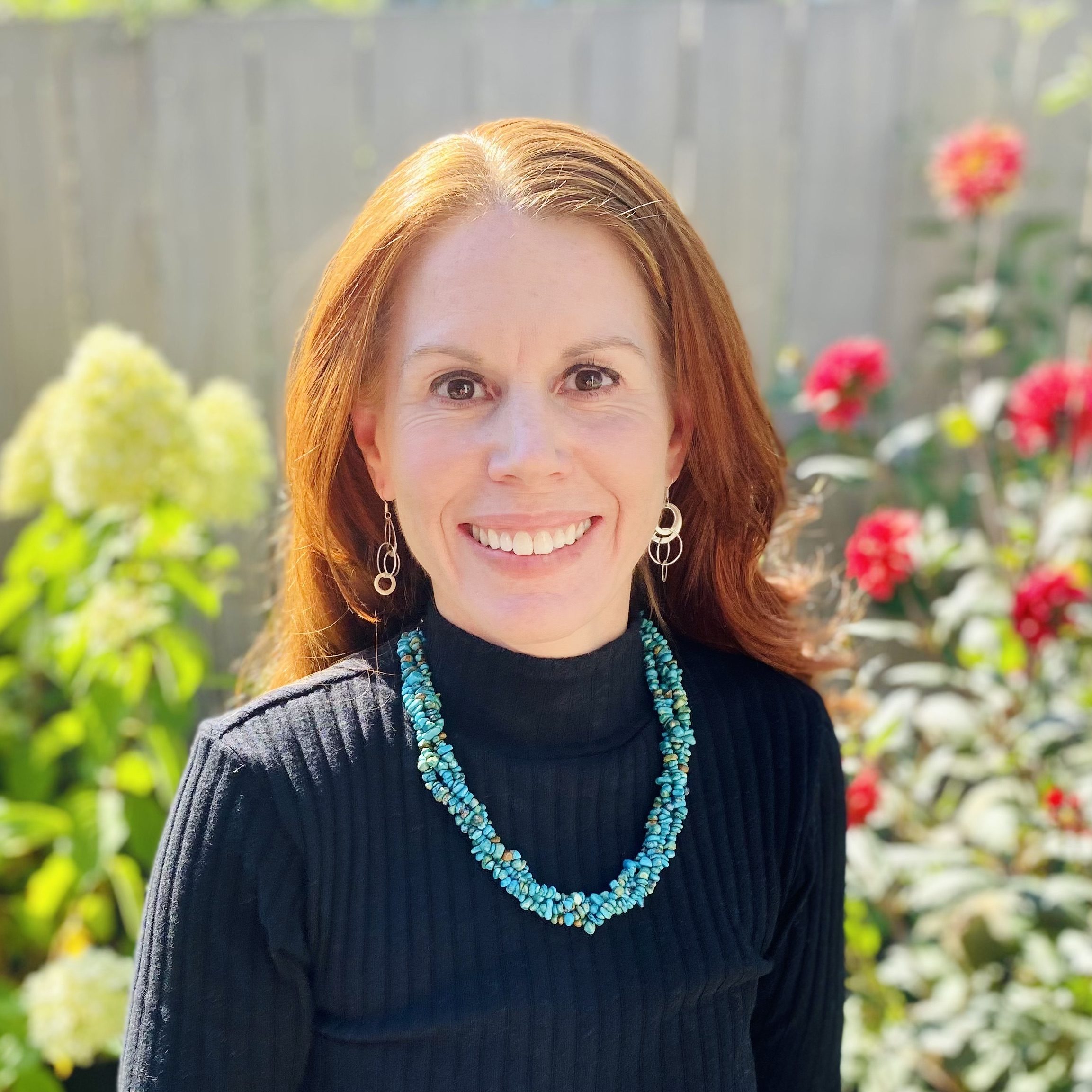If your child suffers from food allergies, there’s good news: medical treatments are available today.
Treating Food Allergies with Modern Medicine is a comprehensive source of information for parents, teachers, caregivers, and basically anyone who is concerned about food allergies and how to treat them.
Our purpose is to clarify which food allergy treatments are grounded in modern medicine and provide practical information on the treatment methods that are currently available.

Sign up for our latest news

Our book Treating Food Allergies with Modern Medicine is now available!
We wanted to provide an authoritative source of information on all available scientifically grounded treatment options.
We are three co-authors: a mother of two children with multiple life-threatening food allergies, a leading allergist with a proven track record of success, and a child clinical psychologist who is also the mother of a child with severe food allergies.
This book is intended to be your definitive guide through the maze of treatment options.
Get your copy now on Amazon.com
The content provided here is aimed at anybody who is interested in food allergy treatments for themselves or for someone they love.
- You’re a parent who has just discovered that your child has food allergies. You’re opposed to the option of “avoidance and hope to outgrow” and you want to take additional steps to protect their child.
- You’ve been managing a child with food allergies and you’re fearful about the coming adolescent and teenage years. The responsibility of coping and managing food allergies means greater risks.
- You’ve been told that your son or daughter isn’t a good candidate for OIT, or you’ve considered OIT and decided that the risks are just too great. You want to learn about SLIT, the patch, and FAHF-2.
- You personally suffer from food allergies and would finally like to do something about it.
- Your teenager is tired of living with a food allergy and wants to educate herself or you about available treatments.
- You’re a physician and you’ve read that food allergy treatments are on the rise, but want more information about who is eligible, the variety of treatments, the risks and the benefits of each, and which treatment might be the best for their patients.
- You’re a teacher in a busy classroom environment and must deal with the realities of a new student who has severe peanut allergies.

About Us

Dr. Sanjeev Jain, MD PhD
Educated in allergy and immunology at Yale University, Dr. Jain first received a joint MD and PhD from the University of Wisconsin and finished his residency at the University of Texas. He then taught and practiced at the University of Washington Medical School in Seattle, where he developed a reputation as one of the finest allergists in the region. He has won numerous awards and is included in the Guide to America’s Top Physicians consistently for last several years.
As an allergist, Dr. Jain treasures the opportunity to witness his patients make dramatic improvements after years of suffering.

Elizabeth A. Muller
Elizabeth Muller is mother to two children who suffered from severe food allergies, a currently ten-year old daughter, Layla, formerly allergic to peanuts, tree nuts, buckwheat, and fish, and a seven-year old son, Asim, who now consumes many of the 41 foods he was previously allergic to—including milk/dairy, legumes, seeds, nuts, and a few fruits.
Elizabeth is the co-founder and CEO of Deep Isolation, a growing startup company that is working to solve the nuclear waste problem. She is also the co-Founder and President of Berkeley Earth, a scientific research organization that focuses on environmental issues like global warming and air pollution.

Dr. Elizabeth Hawkins, PhD, MPH
Elizabeth Hawkins received a doctorate in child clinical psychology and a master’s degree in public health from the University of Washington. She is the mom of a 12-year old with multiple life-threatening food allergies and has had personal experience with many of the treatments described in this book. She is a licensed psychologist and maintains a private clinical practice in the Pacific Northwest, with a specialization in the assessment and treatment of anxiety and stress-related conditions. She has worked with many families struggling with food allergies/dietary restrictions to address emotional concerns and enjoys helping people expand upon their strengths and resources to live fuller, more meaningful lives.
Elizabeth A. Muller’s story
 “When Elizabeth’s daughter, Layla, had an anaphylaxis reaction to playing with the shell of an egg, it was a frightening introduction to food allergies. Elizabeth first followed standard advice of ‘avoid and hope to outgrow.’
“When Elizabeth’s daughter, Layla, had an anaphylaxis reaction to playing with the shell of an egg, it was a frightening introduction to food allergies. Elizabeth first followed standard advice of ‘avoid and hope to outgrow.’
Her daughter did in fact outgrow two of her food allergies before age four. But with regard to the other allergens, Elizabeth felt helpless as Layla’s “IgE” numbers—which reflect the severity of an allergy—worsened. Several of were so high they were considered “off scale.”
When her baby boy’s food allergies became apparent, “avoiding and hoping to outgrow” was not an attractive option. Despite valiant efforts on her part and that of her husband and other caregivers, little baby Asim had severe reactions, and multiple episodes of anaphylaxis before he was barely a year old.
Elizabeth was frustrated by the popular literature, the many books preaching strict avoidance and unnatural life-style changes, such as avoiding parties and other social events. She decided to apply her scientific research skills to the problem. Elizabeth was determined that there must be something she could do to help her little boy.
By the time her son was 15 months old, both of her children had started treatments aimed to treat their food allergies within a few years.
It worked. A year and a half later, all of her children’s dangerous allergies had been mitigated or successfully treated.”
Featured Blog Posts
Elizabeth A. Muller’s story
As a working mom with two small children, a mid-morning phone call from daycare is not usually a good sign. Sure enough, the panicked voice on the other end of the line told me my 11-month-old son Asim was having an allergic reaction. By the time I arrived, he had progressed to full-blown anaphylaxis, a…
Read MoreFood Allergies are an Epidemic
Researchers estimate there are 32 million people living with food allergies in the U.S. alone, including one in every 10 adults and one in every 13 children[3] . Over half of the adults and over 40% of the children who have food allergies have reported experiencing a severe reaction, many of which required hospitalization. Rates…
Read MoreThe Four Best Treatments for Food Allergies
We advocate the use of four different “desensitization treatments” for food allergies. These treatments work for any allergy, from the most obscure to the most severe, and can be used individually or in combination. Treatments should be done under the guidance of medical professionals. The good news is that more and more allergists are becoming…
Read MoreMyths vs. Realities
Myth:
My child is too young for treatment.
Reality:
SLIT and FAHF-2 work best with the youngest kids. Even babies are in treatment with SLIT and FAHF-2. Most doctors don’t start OIT until age 5, but some start younger (e.g. age 2+).
Myth:
There are no treatments for food allergies. The only thing you can do is avoid the allergen, and hope to outgrow it.
Reality:
There are four distinct treatment methods available today. All of them are grounded in modern medicine, and they are all viable treatment options.
Myth:
Treatment is extremely risky. Anaphylaxis during treatment is common.
Reality:
Three of the treatments available (SLIT, the patch, and FAHF-2) have negligible risk of anaphylaxis. Only OIT has a significant risk of anaphylaxis (~10%), and the risk can be mitigated and controlled. There is also risk of anaphylaxis in living a life of food allergen avoidance.
Myth:
Treatment is only available for peanuts.
Reality:
The first two pharmaceutical products will be available only for peanut, but custom treatments are available today for any food you wish to treat.
Myth:
Your kid’s allergy is too severe for treatment.
Reality:
It is the kids with the most severe allergies who have the most to gain from treatment. Severity of the allergy does not correlate with adverse side effects during treatment.
Myth:
Food allergies are the same as food intolerances.
Reality:
Food allergies involve a reaction of the immune system and can be fatal, unlike food intolerances. Even though food intolerances can cause great discomfort, they are not life-threatening.


